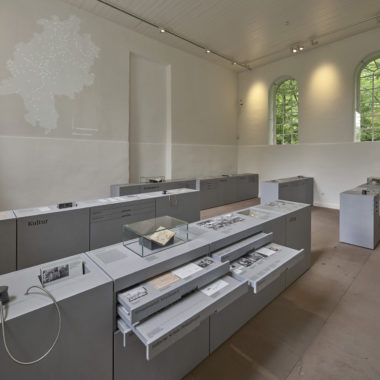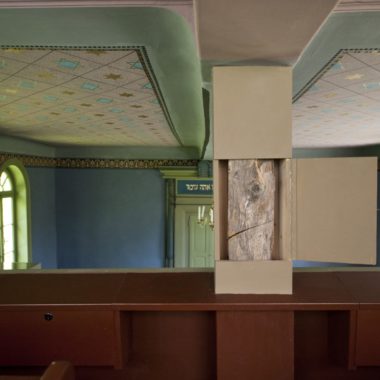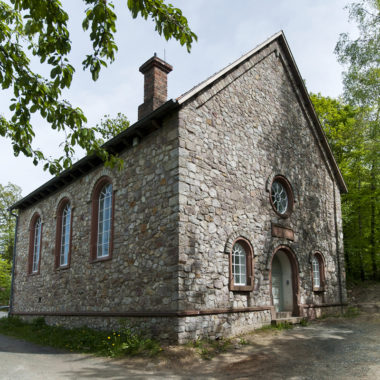
Synagogue from Nentershausen

Built: between 1785 and 1800
Dismantled: 1986/87
Reassembled: 1996
This former synagogue from Hersfeld-Rotenburg county consists of two very different timber-framed buildings: on the left, there is a two-storey house, the synagogue extension, and on the right, there is a single-storey building containing the actual sanctuary. According to dendrochronological examination, the timber was felled in 1785, which is presumably the year the synagogue was built. It is also conceivable, however, that the synagogue was originally a single-storey agricultural structure belonging to Jacob Jeremias Erben, a Jew, and was only later used as a place of worship. Archive material shows that the building was being used as a synagogue around 1800 at the latest. 1841 saw a thorough renovation. On this occasion, the separate entrance to the women’s gallery by ways of an outside stairway was added. In 1925, the synagogue was altered once again as documented by an inscription (see illustration on p. 215).
During the November Pogroms of 1938, the building was damaged but not completely destroyed, as the civilian population remained passive. The synagogue’s interior was ravaged; the valuable scriptures and the liturgical instruments were burned. The assailants tried to saw through the timber posts on the gallery bearing the weight of the roofing an attempt to make it collapse, but failed. The saw broke, and to this very day a piece of the blade is lodged in the post.
Shortly after, in December 1938, Johannes Krause, a building contractor from Nentershausen, bought the synagogue and the extension and used it as a garage. Three large doors were put into the synagogue’s long side. Later, the building served as barn, storage, or workshop without ever being renovated. By 1985, the synagogue’s state had deteriorated so badly that a demolition permit was granted.
The building has been accessible to visitors once more as part of the Open Air Museum since 1996. It contains the sanctuary, furnished as it would have been after the 1925 renovation. The extension features a mikve, a ritual immersion pool, which was built in Nentershausen in 1886 but only used for a few years.
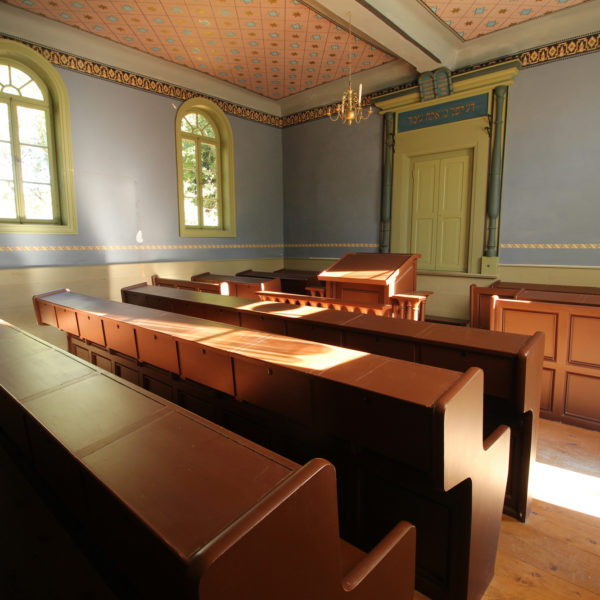
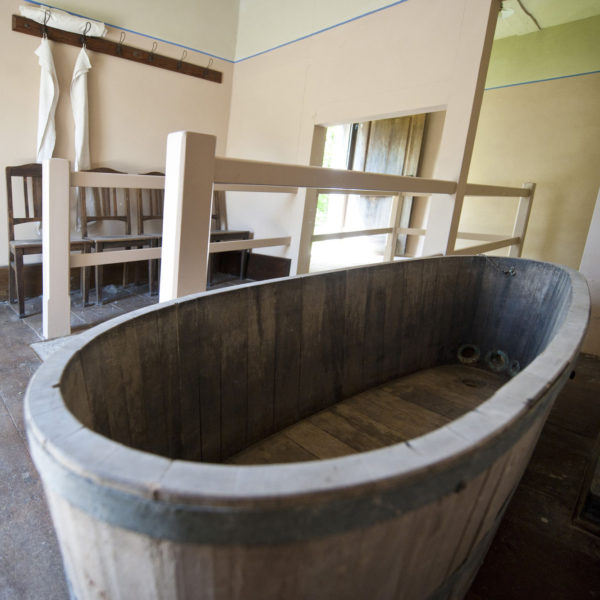
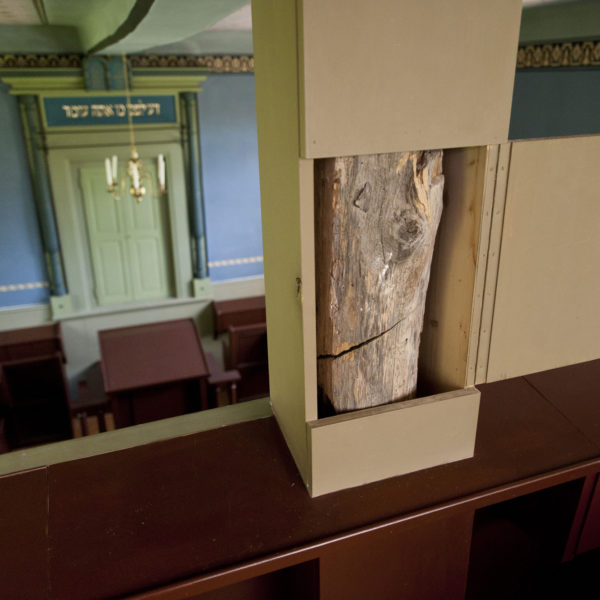

Mit dem Laden der Karte akzeptieren Sie die Datenschutzerklärung von Google.
Mehr erfahren





